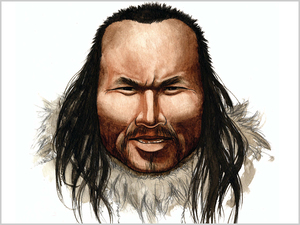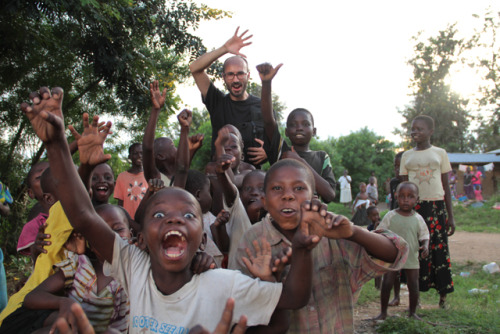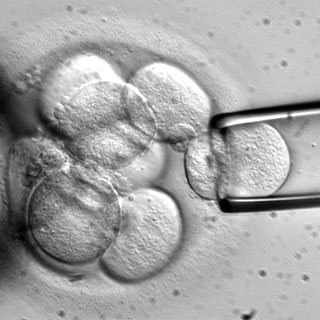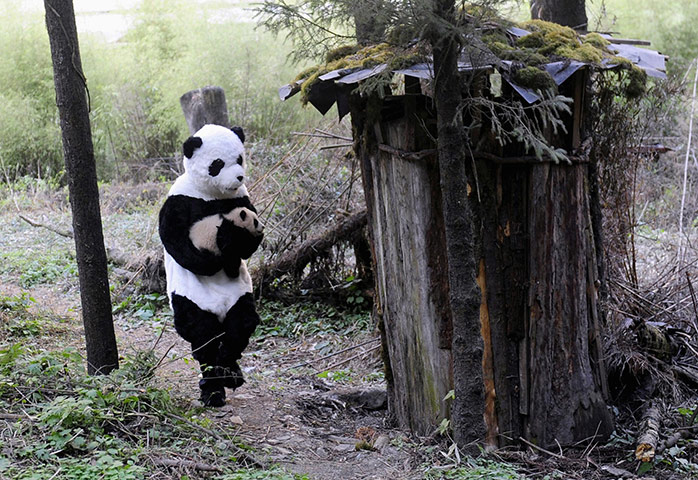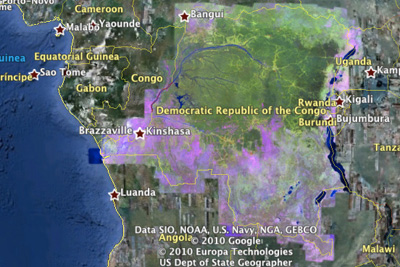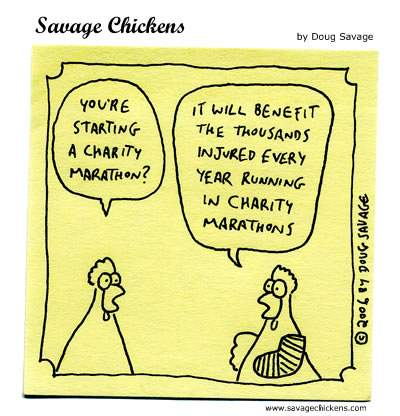 From matador network via Sean Whyte's facebook page
From matador network via Sean Whyte's facebook pageHow to Start a Successful NGO in 10 Steps
by Ryan-Libre
Ryan Libre explains how to start a successful NGO with style and zen.
Editor’s Note: In response to the overwhelming number of comments, author Ryan Libre has asked us to post this update on April 4, 2010:
“It is amazing to see how many people have seen and commented on this article. It is well beyond my exceptions.I’ve worked with NGOs for most of my life, and even helped start a few. Now, I’m venturing out to start my own NGO Documentary Arts, Asia.
Most all of the 200+ commenters seemed to have overlooked steps 1-6 and went to funding as the beginning point for starting an NGO.
This approach will not be successful, in the short term or long term.
First, you need to do something, anything, yourself with what is locally available (step 1). It will give you experience,
credibility, and maybe even publicity. Start small and do what you can for a few months with what you have.
After this experience your goals and how to reach them will be more clear (step 3) and you can make an action plan (step 4) and a website or free blog (step 5) showing what you have done and a clear plan for what you intend to do.
Then when you leave a comment or send a mail about your NGO include the link. Without these fundamental steps it is unlikely anyone will seriously consider funding your NGO.
Best wishes to all your future NGO’s Ryan Libre
The following steps will help get your own NGO up and running:
Step 1: Test the waters.
Many new activists are ready to commit their lives to “the cause.” Some are even willing to die for it. Most of these enthusiastic newbies are nowhere to be found a few months later.
There’s no need to turn down the volume of your enthusiasm, but before starting your own NGO, consider joining one that does similar work for a while.
If starting your own NGO really is right for you, the experience of working for an established NGO will only strengthen your resolve and direct your passion.
Maybe you’ll find that NGOs are not your life calling after all. Better to learn that early on, before making a big commitment.
Step 2: Start on the right foot.
“The leader’s main job is to make themselves obsolete.” –Lao Tsu
Becoming obsolete should be the fundamental goal of all NGOs. You must constantly strive to work yourself out of a job.
Becoming obsolete works on two levels. In terms of your personal involvement, you should build the NGO to the point where it can function independently of your leadership. The long term goal of your NGO should be to solve a problem and thereby become unnecessary.
Put Lao Tsu’s advice into practice and you’ll be able to help more people in more profound ways, and enjoy every minute of the experience. If you try to maintain control, dependencies will develop, and once dependencies start they are hard to stop.
Dependency can leave NGO volunteers feeling trapped and sometimes even leave negative impacts on the people you are trying so hard to help.
Step 3: Clarify your goals.
Set clear and achievable goals for yourself and the NGO.
“Ending world hunger” is a great goal and looks good on your NGO’s t-shirt, but it’s not a problem you can seriously hope to solve.
Finding a niche is good place to start. Positive change usually comes from picking something small, doing it well and following through. A good example of this attitude in action is the Starfish NGO of Cambodia.
Step 4: Make an action plan.
A plan of action is your chance to make an NGO effective, address any potential negative impacts and make sure your NGO will attract donors and volunteers.
Make sure you are able to follow through with what you start. Think hard about your action plan. Hard work is important, but hard work without a good plan is a waste of time and money.
Step 5: Make a website.
It’s never too early to make a website for your NGO. A good website helps you to spread the word, attract volunteers, secure funding and establish a professional appearance. An interactive website can also minimize your need for meetings and micro managing.
Attention spans on the web are very short. Be clear and concise.
Be sure to make an online profile for your NGO at Matador, where you can tap into a network of thousands of potential donors and volunteers.
Some hosting companies give free hosting to NGO sites. Ask around.
Step 6: Get in the know.
Local knowledge is indispensable to every NGO. Even if you grew up in the city where you want to start an NGO, you still need to research and make contacts. Making solid local contacts and understanding the locals’ worldview is especially important if you want to work in a foreign culture.
Good use of local knowledge can really make an NGO effective. Without local knowledge, you may do more harm than good.
Step 7: Assess your NGO’s financial needs.
Money, when it does come, usually requires great amounts of paperwork and sometimes has strings attached. The quality of the work an NGO does and the amount of its funding are often inversely related. That is to say, the NGOs with less money do better work per hour and dollar spent. The crucial point is to to minimize your NGO’s need for money.
That said, money can be really helpful sometimes. Here’s how to get it. Filing for 501c (official non profit) status is a pain and involves costly lawyer fees. No need to waste your efforts there.
Get an established NGO to accept you under its umbrella. Tax deductible donations and grants will go to them, care of your NGO. Setting up this arrangement could be as easy as a 30 minute talk with your local peace center.
Now you are ready to ask for money from businesses, grant foundations, and governments. A paypal donate button is a quick and easy way to accept donations from visitors to your website.
Step 8: Network, network, network.
Make friends with people and organizations doing similar work so that you can learn from their successes and mistakes. Networking also helps you to know when to team up and when to divide your efforts for maximum effectiveness. The links below are good places to start networking:
Step 9: Find balance.
Be realistic about how much time you want to give to your NGO. Taking on projects beyond your comfortable limits won’t yield much benefit in the long run.
You are worth more to your NGO as a part time activist for 5-20 years than letting your passionate burn out in two years. Finding balance between work and personal life is key to success.
Step 10: Re-evaluate everything.
Take a step back and look at what you have done and where it is all headed. Take joy in what you have accomplished, but also make sure your NGO is not becoming self aggrandizing.
How much time, effort and money are being spent on the NGO itself? This is the biggest problem facing all organizations, non-governmental or otherwise.
Your own awareness is the best tool to avoid over-emphasizing the NGO to the detriment of the cause, but don’t hesitate to ask someone from outside of your NGO for an evaluation.
With constant awareness, you can keep your focus and resources flowing to your original goals.
Conclusions
Any volunteer experience can be rewarding. Starting your own NGO can make you feel totally fulfilled.
You will learn and grow as an individual and receive a profound sense of satisfaction not easily found in modern life.
I hope my insights, experiences and mistakes were of benefit.
(to contact Ryan go to: http://matadornetwork.com/change/how-to-start-a-successful-ngo-in-10-steps)







